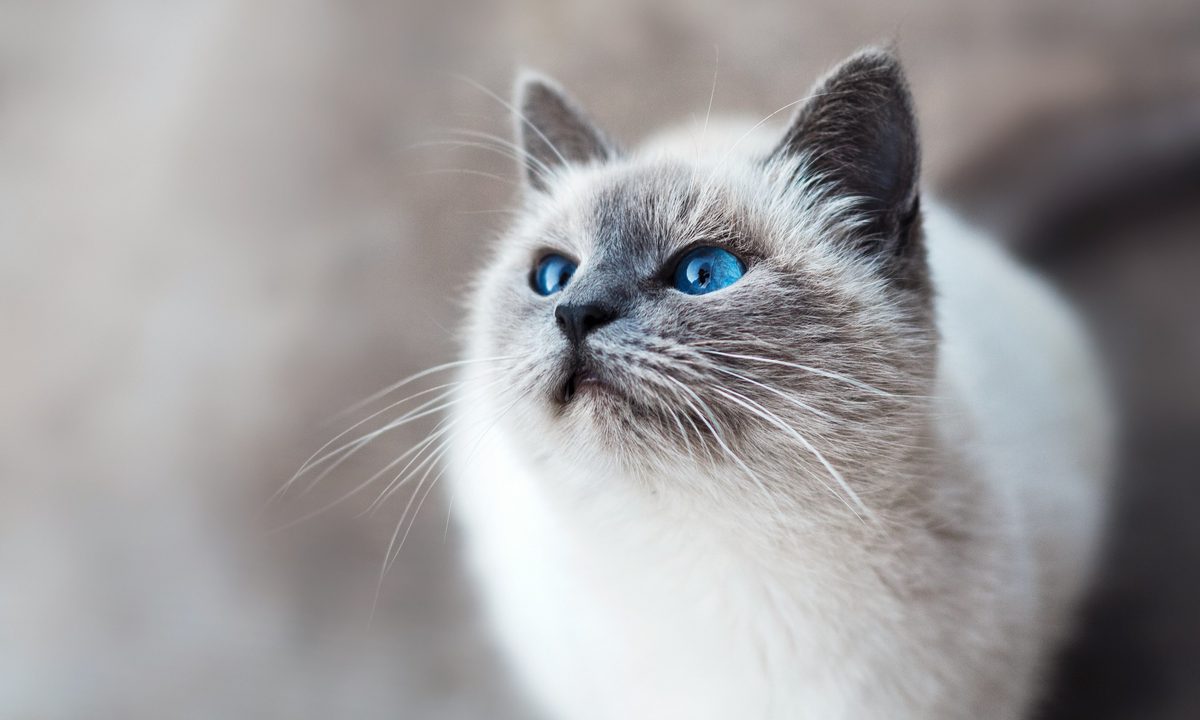There’s no question that pets keep us active and engaged. Whether they’re waking us to beg for breakfast or showing their love with a cuddle on the couch, four-legged friends can help us feel a sense of value, motivation, and appreciation. Life is so much better with animals around. It’s easy to understand why many older folks want to have pets, too, but finding a pet that matches their lifestyle is not always straightforward. Fortunately, there are plenty of cats out there that would be purrfect companions for retirees.
Predicting a cat’s energy level as they grow up and settle into their forever home can be difficult, but learning about their breed can help. These are some of the calmest cat breeds that require average or less-than-average maintenance from their owners. Not every cat from these breeds will be the ideal companions for seniors, but looking for these easygoing breeds can be a great place to start.
American Shorthair
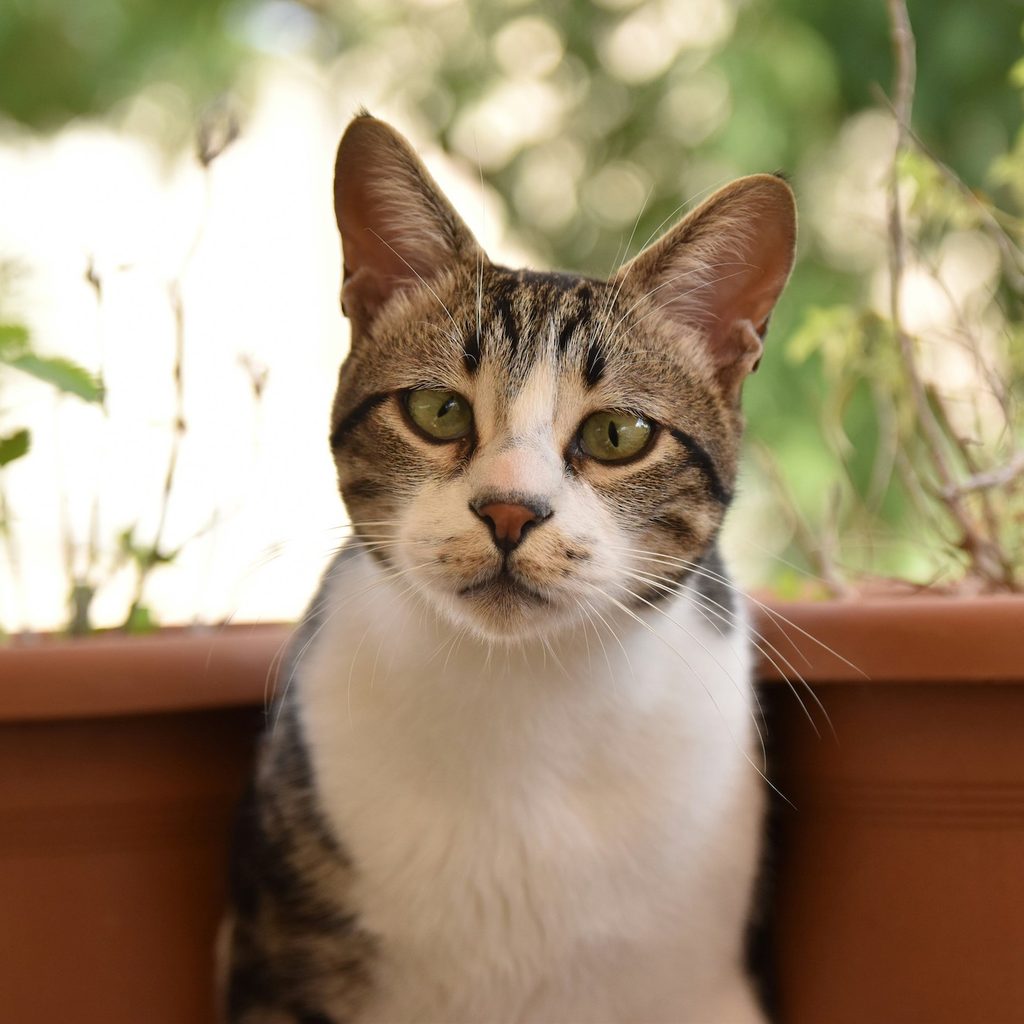
In 1966, the popular Domestic Shorthair cat breed was renamed the American Shorthair. This is one of the oldest registered cat breeds in the U.S., and these felines have been praised throughout history for their hunting skills. They have powerful jaws and even more powerful predatory instincts, but most American Shorthairs are happy to keep themselves entertained for long periods at a time.
They are more energetic than other cat breeds for seniors, but this could be very entertaining for someone who spends most of their time at home. Fortunately, their short coats require minimal brushing, and their independent natures make them very low maintenance in general.
Birman
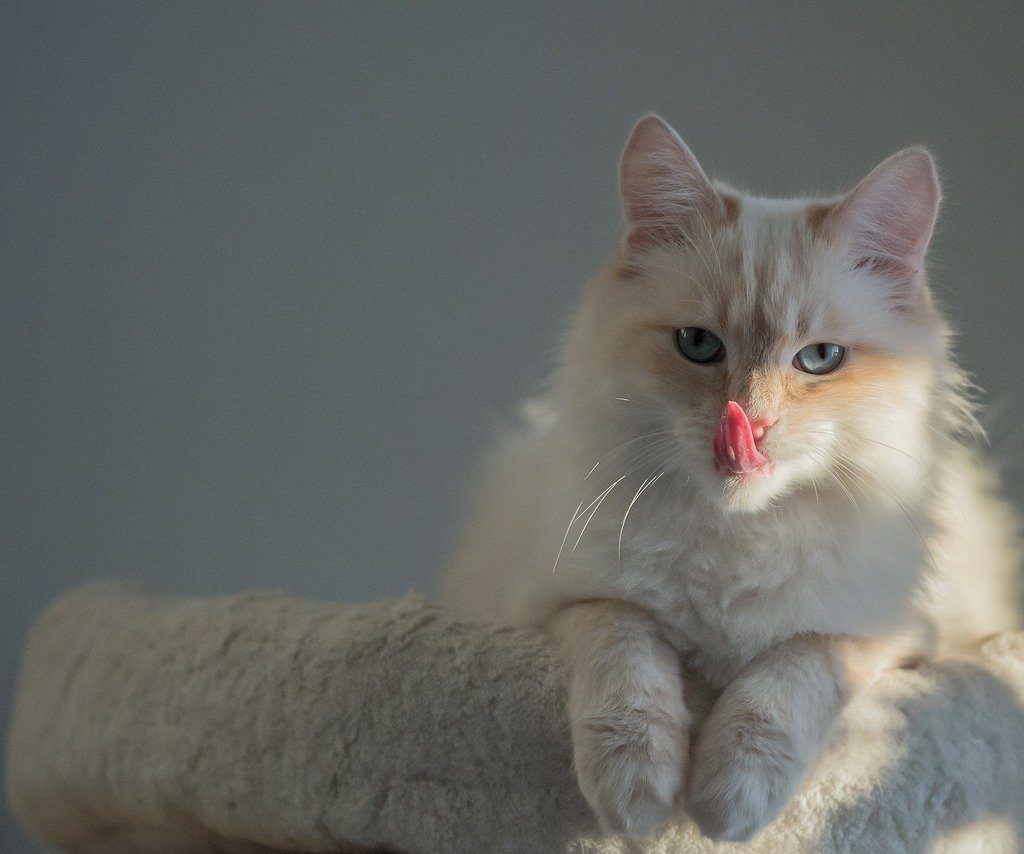
Although fluffy Birman cats have longer coats than other low-maintenance breeds, their low shedding status and tangle-free undercoat make grooming and cleaning much easier for cat owners. Anyone could get lost in a Birman’s bright blue eyes, but a person who’s retired will love having a low-energy buddy wherever they are in the home.
Don’t be fooled — these cats still love to play! They are social and friendly, so they won’t cause a scene if their owner has family members or caretakers coming in and out of the home.
British Shorthair
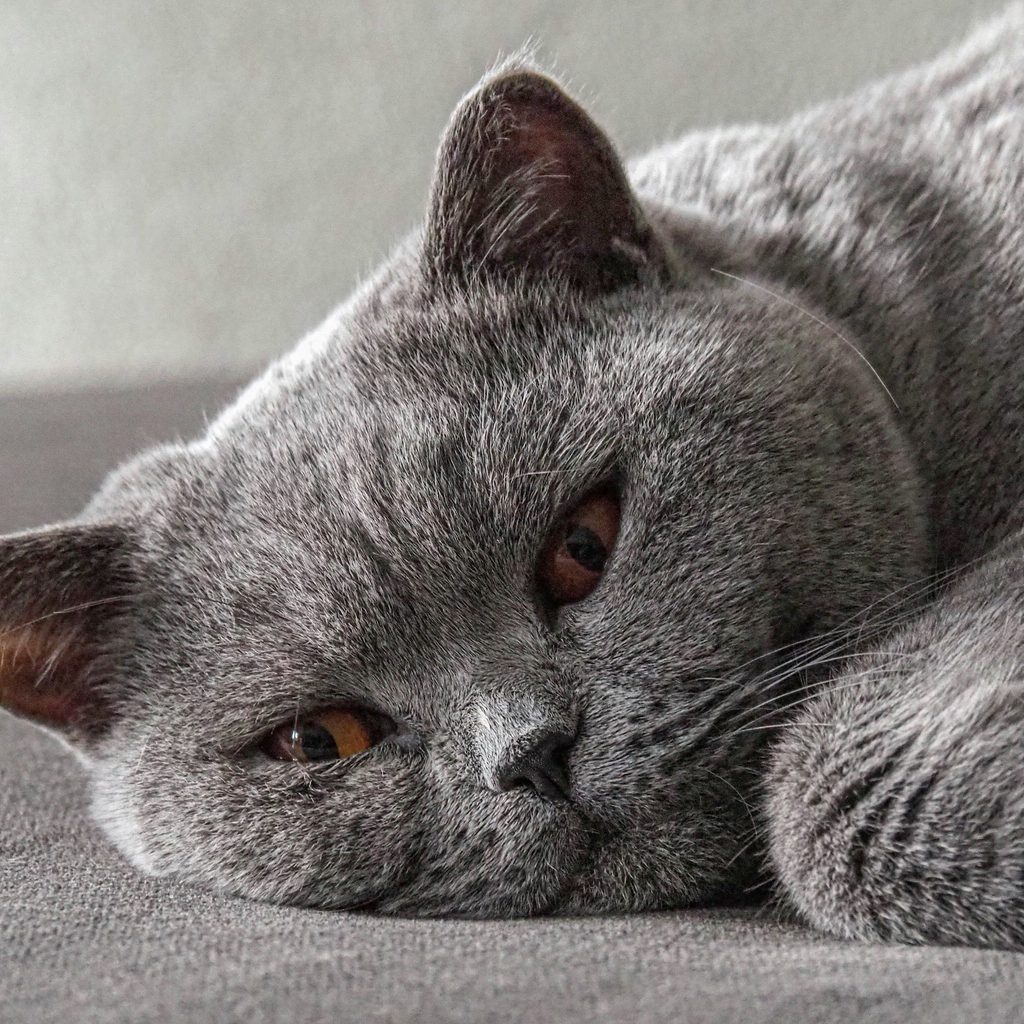
These cats are British cousins of American Shorthairs and share many similarities. Their round heads and large eyes give them a youthful appearance, though their personalities may seem to do the opposite. After kittenhood, British Shorthairs tend to become very laid back — even lazy. They can also become very independent, which can be ideal for older cat owners with not as much energy to dedicate to pet care.
Exotic Shorthair

The Exotic Shorthair is another short-haired breed that requires only a quick daily brush to keep their coat shiny and healthy. Many people adore these cats’ squished-in faces, which resemble those of their Persian cat ancestors, though their friendly, loving personalities are just as enjoyable.
These cats can be excellent candidates for apartment living because of their low energy and easygoing nature. Their only quirk is that they can be Velcro cats if they become particularly attached to someone, and they hate being left alone. In many ways, this is a good thing, but some older folks may find their shadow-like presence overwhelming.
Ragdoll
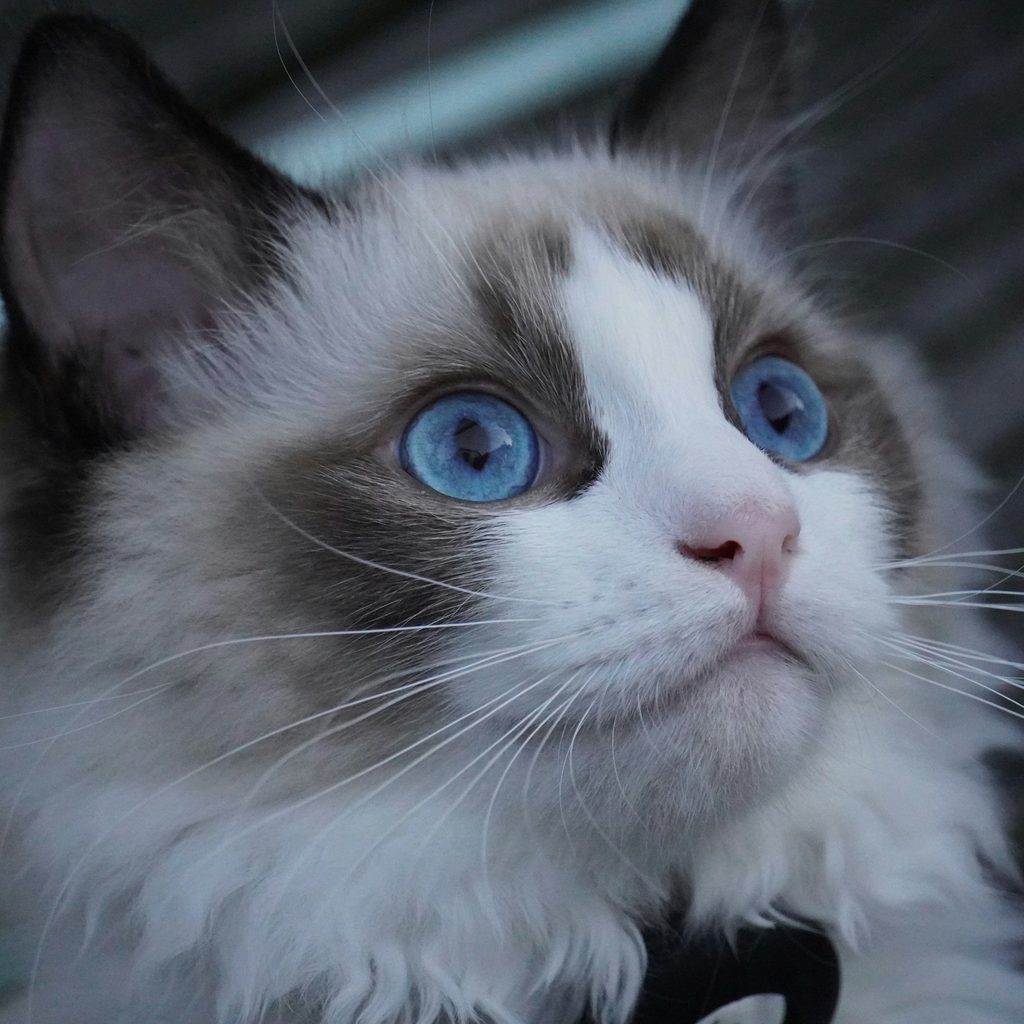
Even though not all Ragdoll cats do this, these floppy felines got their name because of their tendency to go completely limp when held. This is just one way they display their affectionate and docile natures, though they may also follow you around, sit on your lap, or bring you gifts. These little love bugs require daily brushing thanks to their fluffy coats, but this could give a retiree or assisted living resident a sense of routine and purpose that makes their days brighter.
Rescue cats
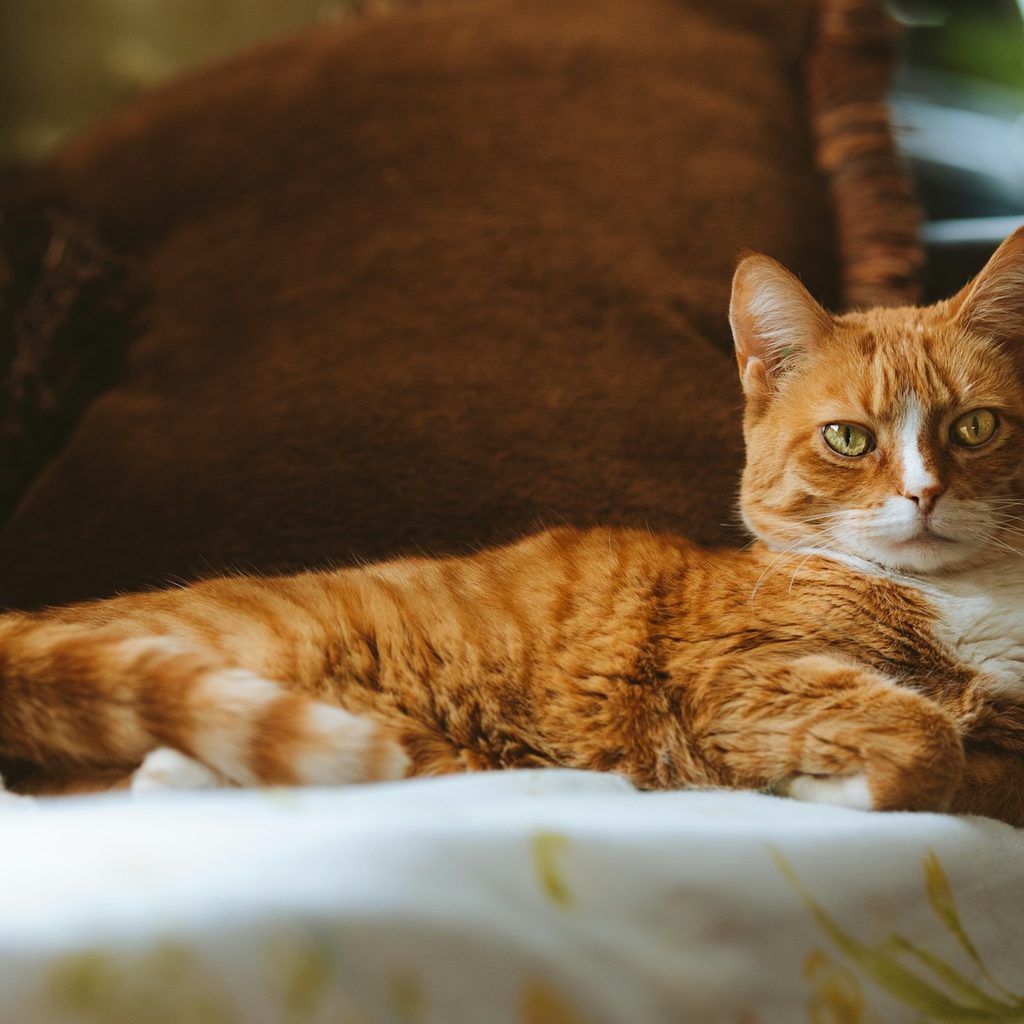
You can look for cats of any breed and temperament through a breeder, but you’re just as likely to find what you’re looking for at a cat rescue or animal shelter. Rescue workers get to know many of the animals they care for, and they can help play matchmaker to find you the perfect four-legged friend.
Rescue cats need time to adjust at home, just as a kitten would after being separated from their mother and litter, so be sure to keep expectations low for their first few months at home. As you (or your retired mother-in-law) bond and learn about each other, you’ll become closer than ever!
Russian Blue
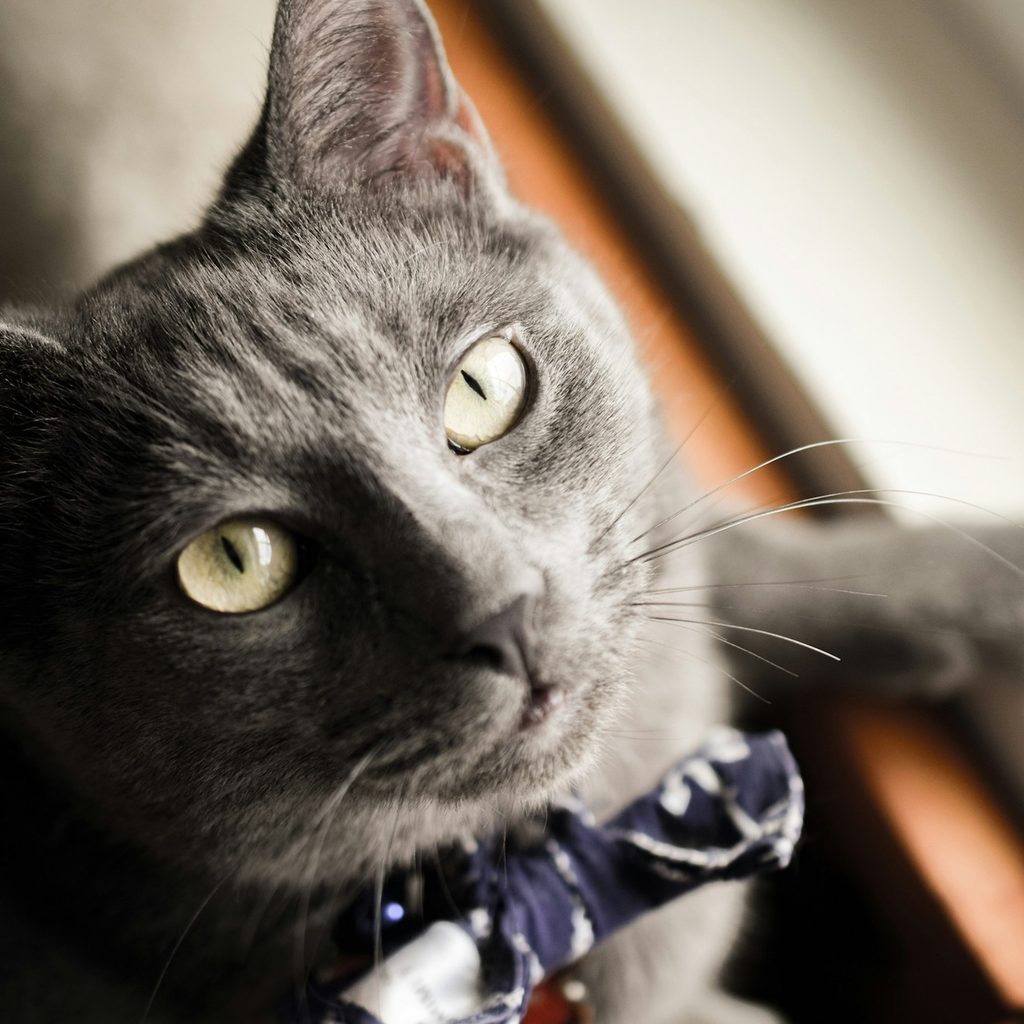
These striking felines have bright-colored eyes and a steel gray coat that will enchant anyone they meet. As kittens, Russian Blues have golden yellow eyes with green rims, but as adults, their eyes tend to turn solid green. And good news — their fur is as soft as it looks.
Russian Blue cats are known for being low-energy pets, but they’re intelligent, so they can usually be prompted to play or do tricks when a yummy cat treat is involved. They can get along well with people of all ages and even other pets, though this largely depends on an individual’s personality, as well.
Scottish Fold
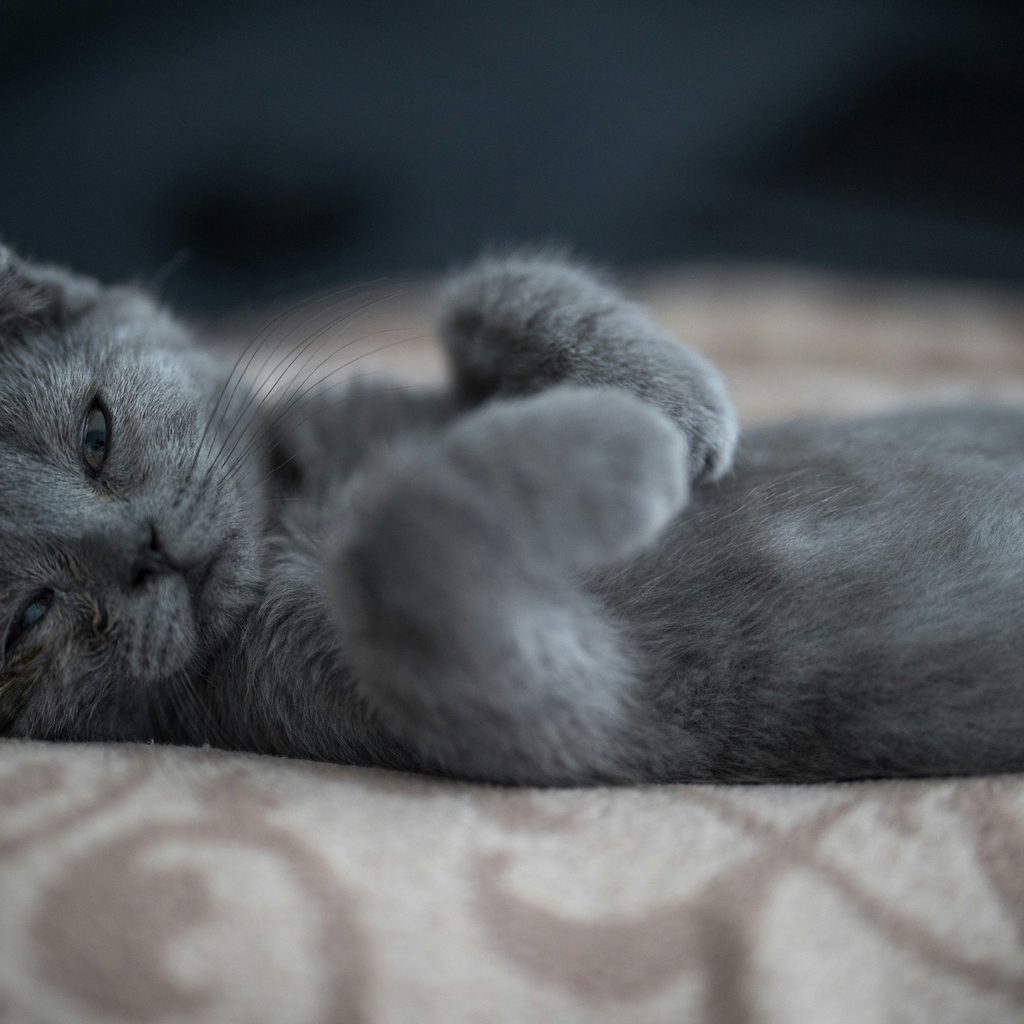
These unique-looking cats aren’t particularly loud, playful, or rambunctious, but they are incredibly sweet. Many feline enthusiasts love their folded-over ears and large eyes, but older owners will also appreciate their easygoing personalities and love of family. Like all cats, Scottish Folds enjoy occasional playtime and hunting, but overall, they tend to be low-key and relaxed animals.
These aren’t the only cat breeds that can be perfect pets for seniors, but they are some of the more common choices for older or retired cat parents. There are no huge cat breeds or hybrid cat breeds on this list, so you can rest assured that you won’t bite off more than you can chew. Still have questions? Let this be the guide for your research as you select your perfect furry friend.
